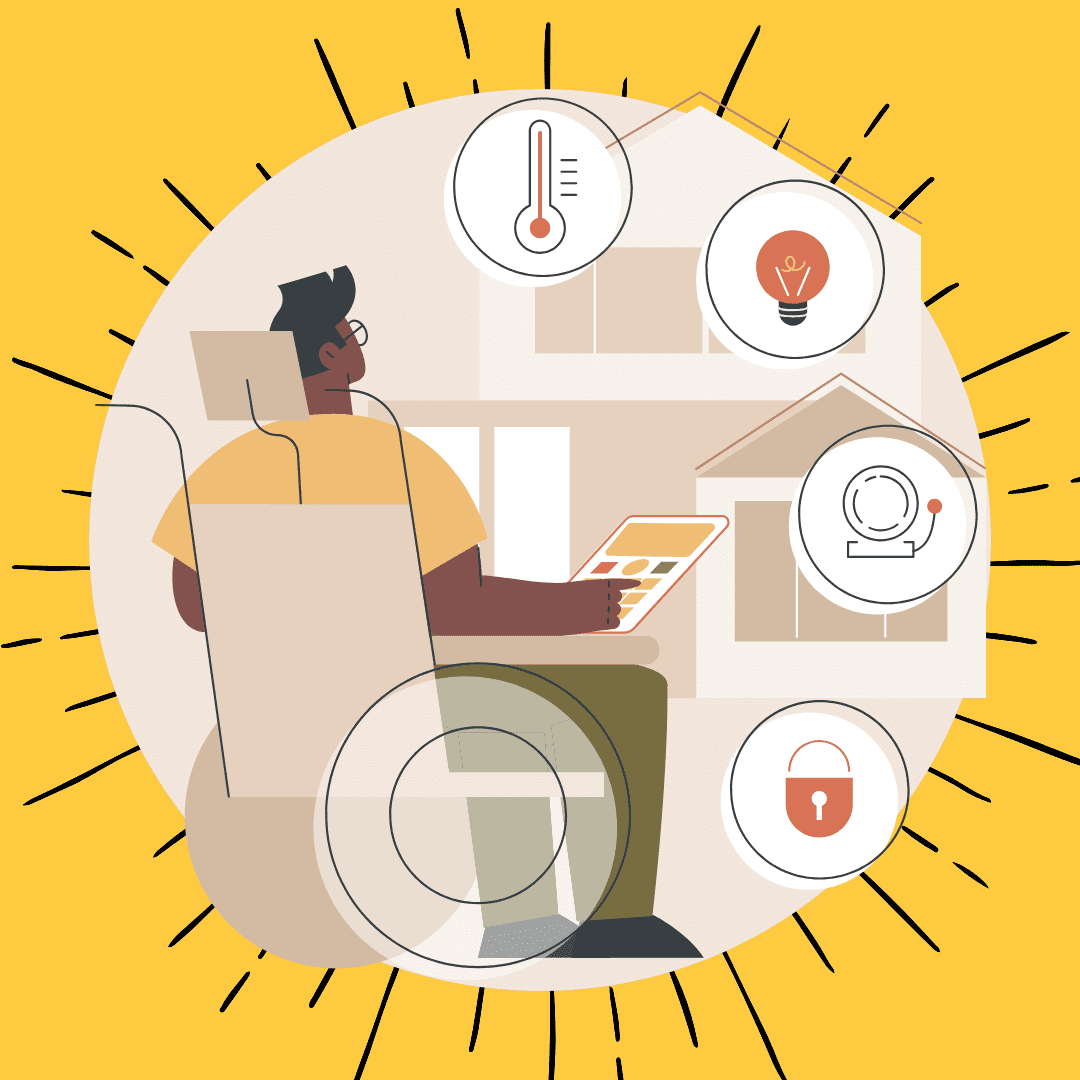For people with disabilities and their caregivers, daily life often involves a lot of planning and support. Whether it helps with daily tasks, staying safe at home, or staying connected with others, support is essential. But what if some of that support could be built right into everyday life – quietly working in the background, ready when needed?
That’s the idea behind integrated support – a new way of thinking about how technology can help people live with more autonomy, choice and control. All while making sure people are safe and can get help quickly as they need it.
What Is Integrated Support?
You may have heard the term “remote support,” which usually means getting help from someone who isn’t physically present. But “integrated support” goes a step further. It means using tools like smart devices, apps, and communication systems as a part of the daily support system, so that the presence of a person may not always be needed.
This doesn’t have to mean replacing caregivers or direct support professionals. Instead, it gives more options. It helps fill in the gaps, adds flexibility, and supports independence, as defined by the person.
How Technology Can Make Life Easier
Here are some ways integrated support is already helping people:
- Smart home tools: Voice-activated lights, locks, and appliances can make it easier to move around and stay safe at home.
- Health and safety devices: Wearables and sensors can help with reminders to take medication or even alert someone if there’s a problem. Medication dispenser machines can help people to take the right medications at the right time.
- Communication apps: These help people stay in touch with caregivers, friends, and family – whether they need help or just want to connect.
- Daily planning tools: Apps can help with reminders, schedules, and step-by-step instructions for tasks like cooking or getting ready for the day.
Why It Matters
Integrated support gives people more freedom to live the way they want. It can reduce stress, increase safety, and help people feel more confident in their own homes. For caregivers, it can offer peace of mind—knowing that support is still there, even when they can’t be.
Pennsylvania Resources That Can Help
For those living in Pennsylvania, here are some great places to learn more and get help with assistive technology and integrated support:
- TechOWL at Temple University: Offers free device lending, training, and support for people with disabilities. They help people to find the right tools to live more independently. Visit TechOWL
- Pennsylvania Assistive Technology Foundation (PATF): Provides funding options, financial education, and guidance to help people afford the technology they need. Explore PATF
- Safe at Home Program: Helps people with disabilities make their homes safer and more accessible through home modifications and assistive technology. Learn about Safe at Home
Moving Forward
Technology isn’t the answer to everything—but it can be a powerful resource. When used the right way, it can help people with disabilities live more freely and with more confidence. It can also help their families worry less.
Let’s keep working together to build a world where support is flexible, responsive, and always there when it’s needed.
